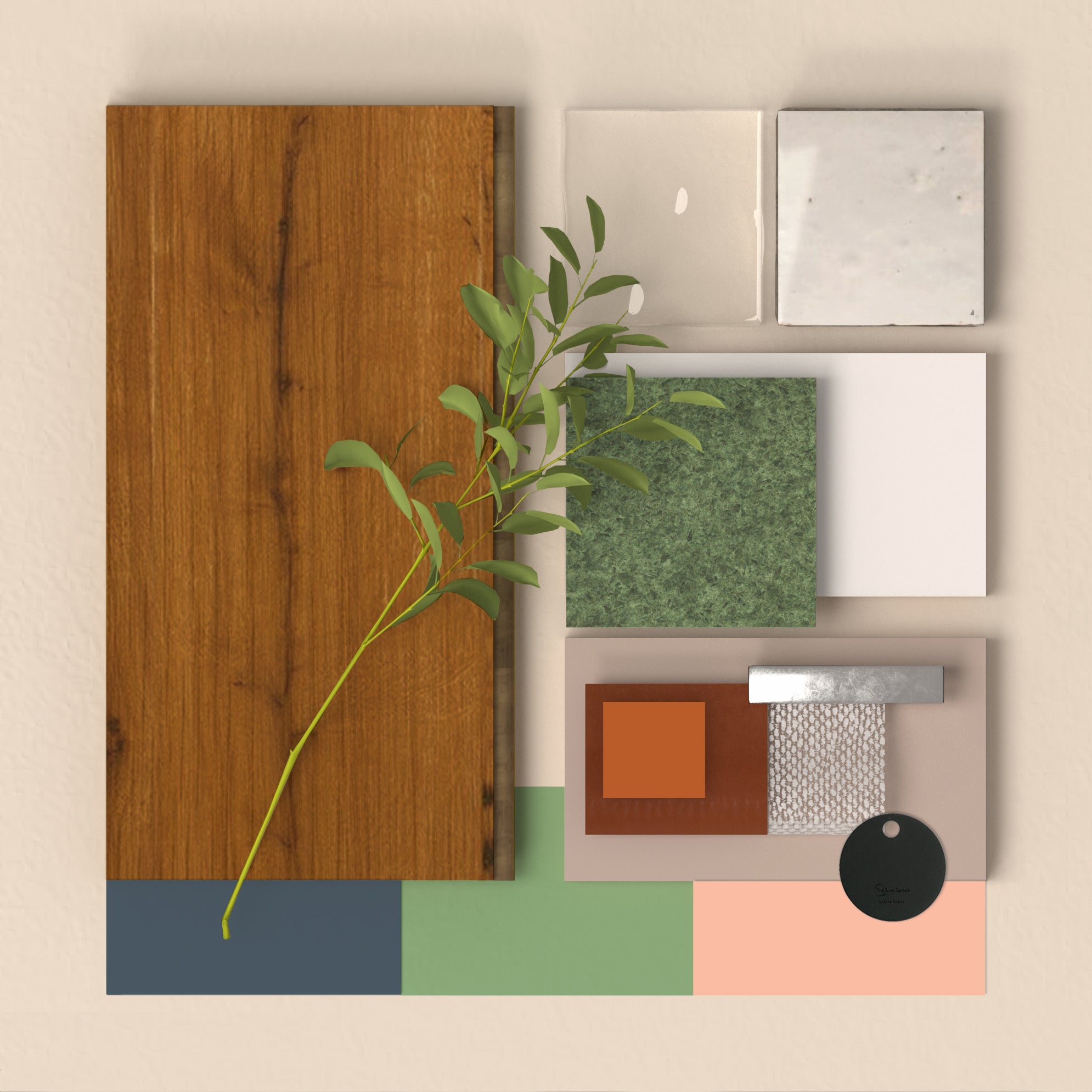Architecture is a fulfilling and multi-faceted career path.
Architects have the chance to shape the landscape of a city or town, to exercise their creativity and see the results of their work in the form of buildings that people will see and use for years to come.
But the path into the industry is a long one. It typically takes five years of study and two years of practical experience to qualify, and aspiring architects can expect a lot of hard work along the way.
Before you invest your time and money, it’s a good idea to get a sense of what the day-to-day job is actually like, so you can be sure a career in architecture is really for you. With this in mind, we reached out to Karl Mok, an architect with over five years of design experience, to learn more.
Over the course of his career, Karl has sought out a wide range of roles, working on non-profit, community-oriented design and bespoke luxury projects in both Malaysia and the UK. His experience has culminated in the founding of his own spatial design studio, Friends Studio.
So, if you’re considering a career in architecture and want some insight from someone in the know, look no further...
Interested in gaining a unique, 360-degree experience of architecture? Karl is the director of our Architecture Programmes. Each is jam-packed with immersive career simulations, exclusive site visits and personalised career coaching, all designed to give you a more hands-on experience of the industry.
This interview has been lightly edited for length and clarity.
What does a typical day in your working life look like?
All of my days begin with a strong cup of coffee!
Since COVID, we have been working flexibly and I have the option of going into the office or working from home – I prefer a combination of both.
I’ll have breakfast while replying to my emails from 9 until about 10.30. Then, I’ll walk over to the office, make another cup of coffee, and spend 11-1 on proposals. This part of the day is when I consider new projects, clients might send over proposals or I might be preparing a pitch.
Depending on which sector you work within, the process of procuring projects can vary from open calls to registering interest and bidding for the project (which is like putting yourself/your practice forward for the job).
After lunch, I’ll probably receive a couple of calls from builders and suppliers about projects that are running on the ground. It is important for me to maintain a good relationship with my builders as they will be the ones turning my drawings into a building! They will report to me about progress on site (if I am not physically present to inspect), which I will then put into my report for the client.
From 3-6, I might have some time to do some actual design work.
I work on a mixture of architectural and interior design schemes. The process is often long when you are designing to the tiniest detail, even for a simple house extension! It is important to consider all the options, as your clients trust you to find the best solution for their project and no two projects are ever the same.
As this takes time, it is not uncommon for architects to work long hours, although this is something I try to manage and reduce as much as possible.
What first inspired you to become an architect?
Since I was young, I have been keenly interested in both the arts and the sciences.
I also used to love visiting impressive buildings and vibrant public spaces to watch people and how they would use the space.
My father is also an engineer, and he would discuss with me how things such as ships and submarines were built, which I found fascinating. Eventually, when I had to make a choice for university, I found myself being drawn to architecture as a way to combine all of the above into one calling!
Be open to new experiences, both in work and in life
What’s the best thing about your job?
The process of starting a new project is very exciting. You have a blank slate and all these amazing design ideas just pour out. Conversely, seeing a project being finished after a long process is equally satisfying!
What’s the hardest thing?
The long hours are tough! But with experience, you learn to manage your time better.
What has been your biggest achievement since starting your career in architecture?
I would say that starting my own practice has given me a real sense of ownership of my work.
It is important to build up your experience working for others and to try different types of projects at different scales. But nothing is as rewarding as seeing your own work get built and eventually used by the residents.
The process of starting a new project is very exciting... you have a blank slate and all these amazing design ideas are being poured out
Are there different pathways or specialisms aspiring architects can choose, and if so, what are they?
The route to becoming an architect is a long one, and the skills offered by the degree are very applicable to a number of other professions such as interior design, urban planning, art direction, set design and landscape design.
There have been a number of new schemes such as the architecture apprenticeship which offers a combination work-study model, offering students the ability to offset the costs of the degree.
How did you find your first 12 months in the field?
The first 12 months after architecture school were tough because it was such a shift from academia.
However I was lucky to have very encouraging mentors, and a supportive group of friends from university who were going through the same thing!
What are your hobbies and interests outside of work?
I enjoy visiting art galleries and the cinema.
Since lockdown, I have been trying to get out and do more outdoor activities such as hiking. Otherwise, you will find me immersed in a good book with a warm cappuccino!
Do you have any advice for young people hoping to become an architect?
Be open to new experiences, both in work and in life!
Some of the most famous architects, such as Kengo Kuma, are self-taught.
Travel and take on unusual job opportunities; I worked at a bar during university and ended up designing them when I came out - that was incredibly helpful in my interview!
To find out more about Karl and his work, including his latest projects, take a look at the Friends Studio LinkedIn page here.


























